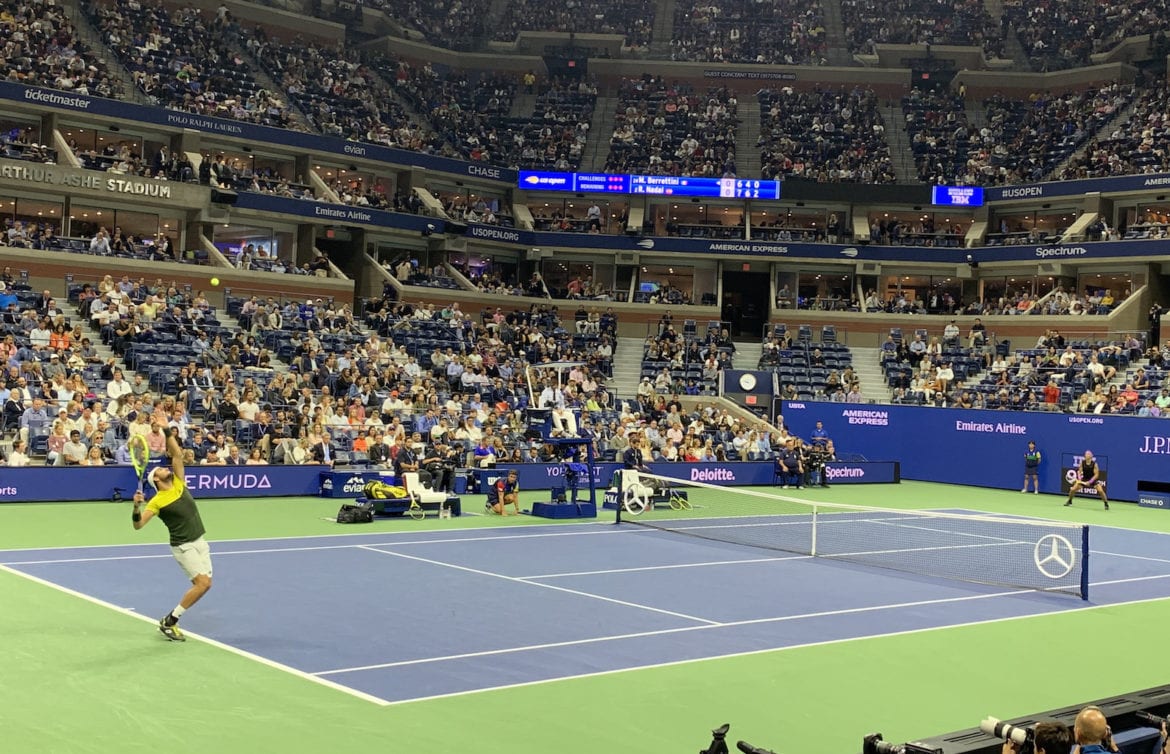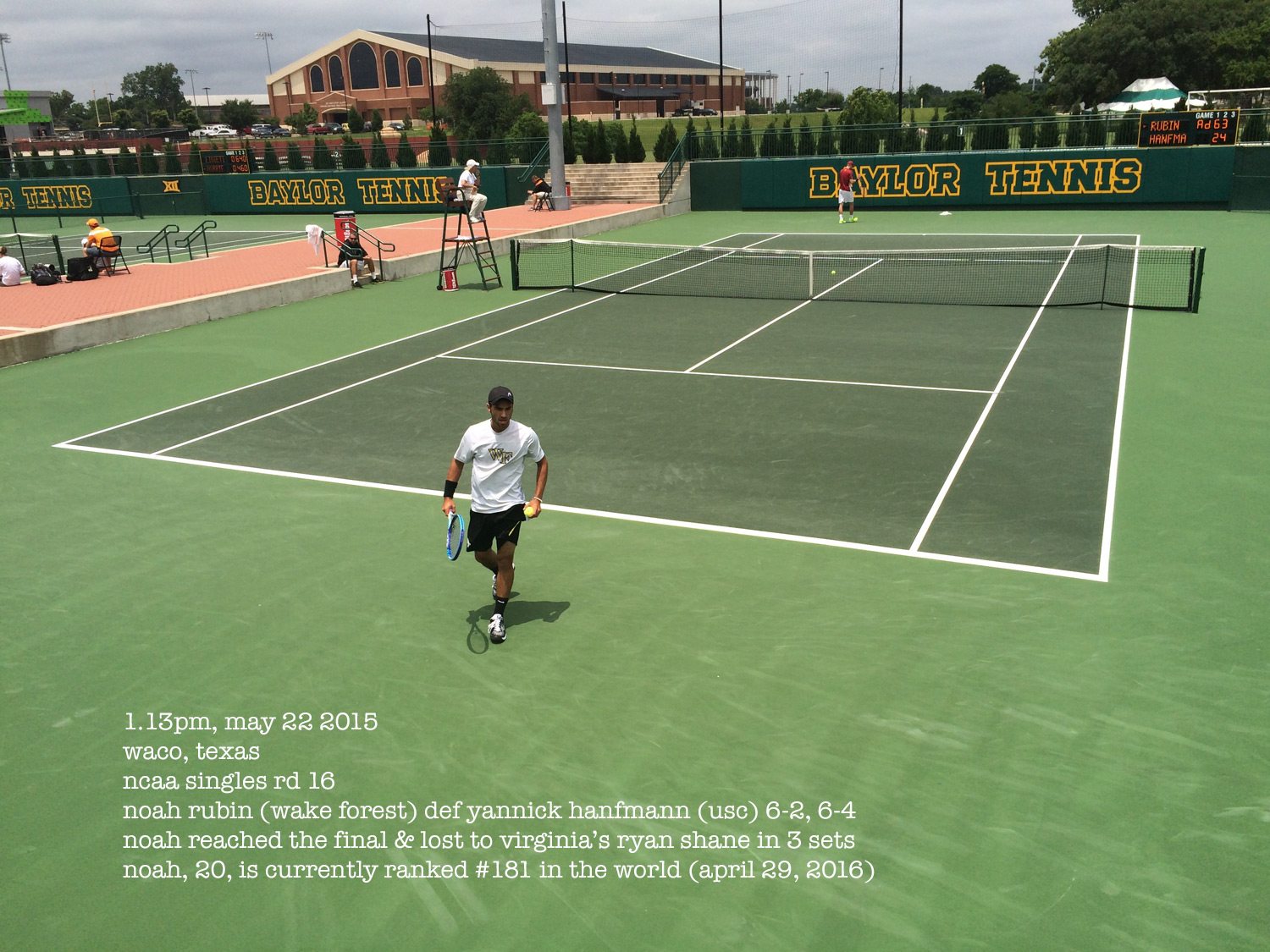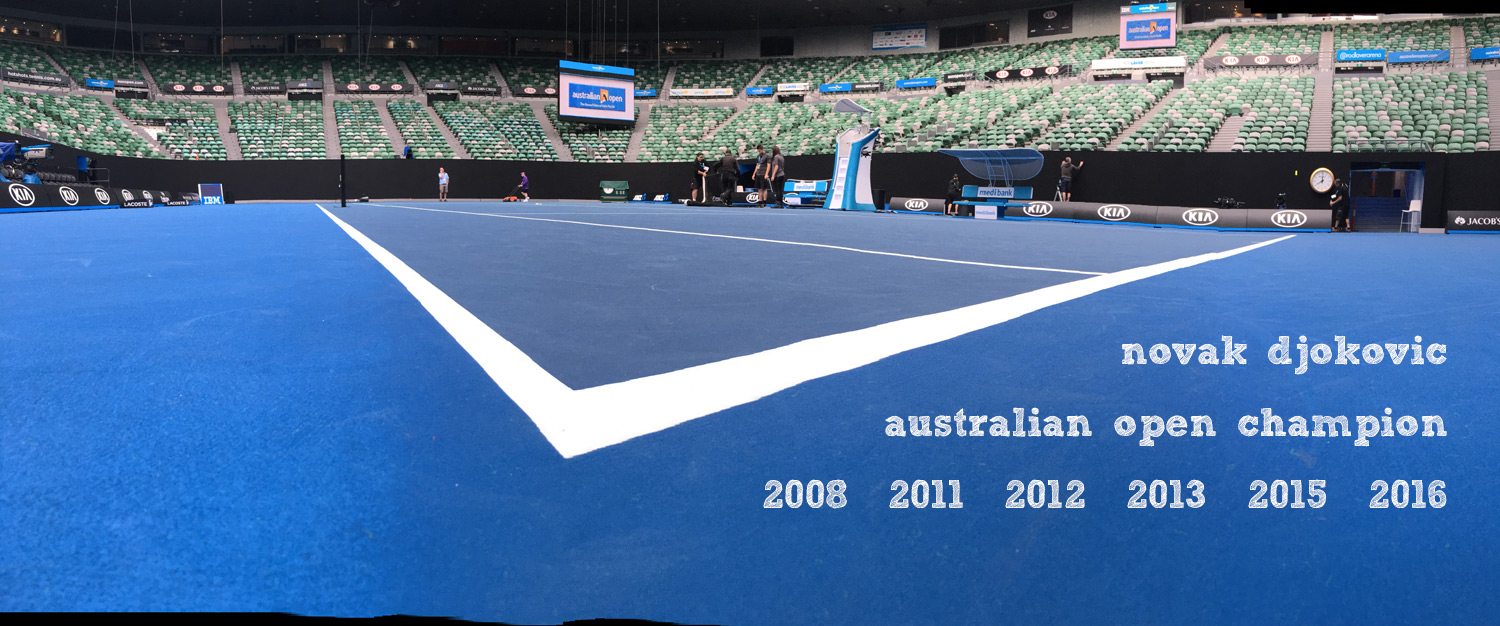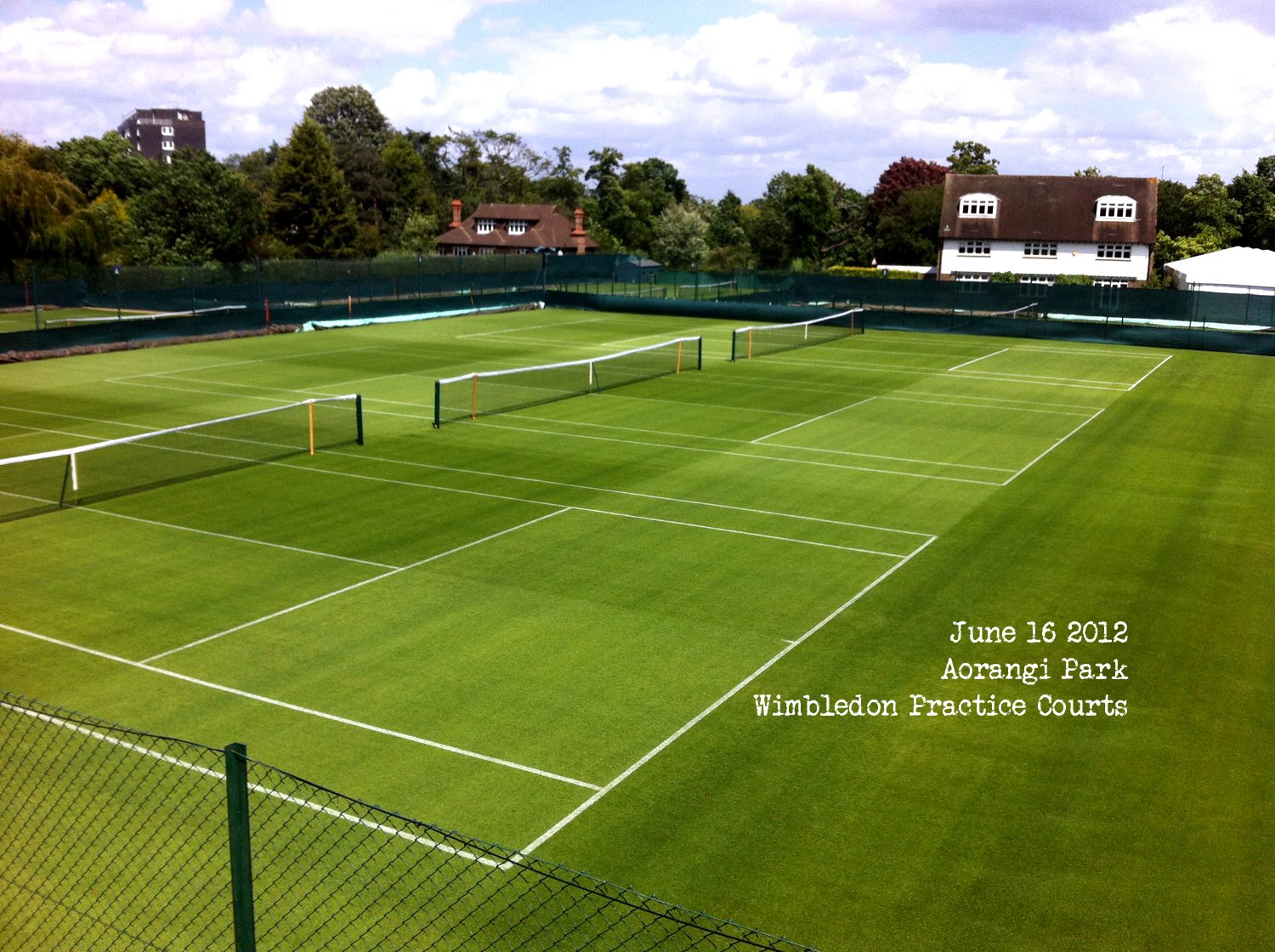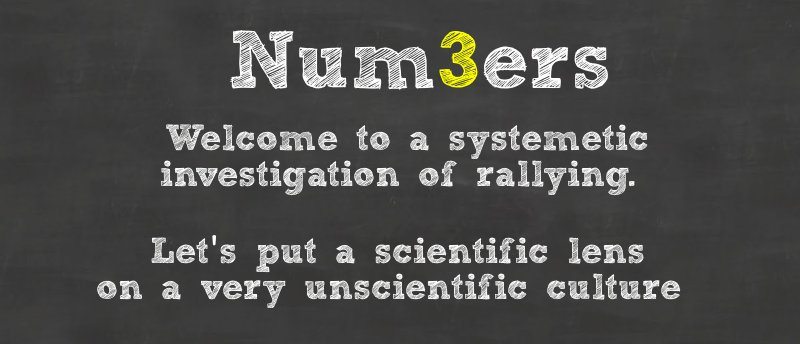The First Point Of The Match Was An Ambush
Wednesday, 06 September 2023
G’day From New York, It was the first point of the match. Frances Tiafoe hit his first serve wide, and Ben Shelton took up a regular return position for the 2nd serve. It was your average, standard, run-of-the-mill start of the match. Until it wasn’t. Shelton waited until the toss went up so Tiafoe couldn’t
- Published in Ben Shelton, Strategy Courses, Strategy Products, US Open
No Comments
Your best strategy serving at 30-30
Thursday, 19 March 2020
30-30 is a crossroads between pleasure and pain. Win the point and the percentages are overwhelmingly in your favor to hold serve. Lose the point, and the odds now say you are more likely to get broken. So… how much risk should you take on board when serving at 30-30? Is it a good time to
- Published in Strategy Courses, Strategy Products
MEN’S COLLEGE TENNIS: The First 4 Shots Unleashed
Friday, 29 April 2016
141,516 points. Blowing the doors off men’s college tennis… G’day from Austin! This data is brand new. The data set is massive. And it’s all focused on college men’s tennis. And… it’s going to make you fall off your chair. College tennis is an amazing destination for talented junior players from all over the planet. They
- Published in Strategy Products
College Tennis 250K+ points of NEW information
Tuesday, 19 April 2016
Practice just got more specific. Brand new data. It’s a paradigm shift. G’day from London! Hope all is well to kick off a new week. I am in London for a couple of days before heading to New York. It’s been a very busy schedule so far this year! The past week in Monte Carlo was
- Published in Strategy Products
Top 20 vs. Top 100. Here’s the difference…
Thursday, 31 March 2016
Week 1 vs. Week 2. The inner workings of a Top 20 player… G’day! Got a question for you. I divided the 2016 Australian Open men’s draw into two parts – Week 1 & Week 2. Week 1 = 112 matches = 88% Week 2 = 15 matches = 12% Week 2 starts with the 4th
- Published in Strategy Products
Cyber Monday = Save 20% Sitewide
Monday, 30 November 2015
Smart Tactics. Smart Price. Stop guessing. Start knowing. G’day! Hope everyone had a wonderful Thanksgiving weekend. It has not stopped raining in Texas, and it’s still going! Today is Cyber Monday, and the last day to save 20% on all 6 Brain Game Strategy products. I want to give you a little overview of each
- Published in Strategy Products
Num3ers Sneak Peak
Thursday, 07 May 2015
Sneak Peak. Let’s take a little look inside Num3ers… G’day! Hope all is going well this week! Some huge NCAA round of 64 battles coming up this weekend, and some monster matches in Madrid as well. Lots of fun stuff! I have been putting the finishing touches on Num3ers all week, powered by a solid
- Published in Strategy Products

